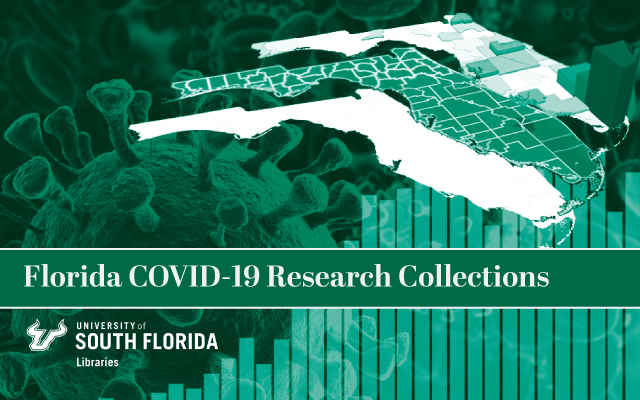
All publications
Document Type
Article
Publication Date
2020
Keywords
Non-invasive brain stimulation, COVID-19, Transcranial magnetic stimulation, Transcranial direct current stimulation, Transcranial alternating current stimulation, Transcranial electrical stimulation
DOI
https://doi.org/10.1016/j.brs.2020.05.010
Abstract
The COVID-19 pandemic has broadly disrupted biomedical treatment and research including non-invasive brain stimulation (NIBS). Moreover, the rapid onset of societal disruption and evolving regulatory restrictions may not have allowed for systematic planning of how clinical and research work may continue throughout the pandemic or be restarted as restrictions are abated. The urgency to provide and develop NIBS as an intervention for diverse neurological and mental health indications, and as a catalyst of fundamental brain research, is not dampened by the parallel efforts to address the most life-threatening aspects of COVID-19; rather in many cases the need for NIBS is heightened including the potential to mitigate mental health consequences related to COVID-19.
Rights Information

This work is licensed under a Creative Commons Attribution-Noncommercial-No Derivative Works 4.0 License.
Citation / Publisher Attribution
Brain Stimulation, v. 13, issue 4, p. 1124-1149
Scholar Commons Citation
Bikson, Marom; Hanlon, Colleen A.; Woods, Adam J.; Gillick, Bernadette T.; and Charvet, Leigh, "Guidelines for TMS/tES Clinical Services and Research through the COVID-19 Pandemic" (2020). All publications. 26.
https://digitalcommons.usf.edu/usf_fcrc_all/26


Comments
Full list of authors: Marom Bikson, Colleen A. Hanlon, Adam J. Woods, Bernadette T. Gillick, Leigh Charvet, Claus Lamm, Graziella Madeo, Adrienn Holczer, Jorge Almeida, Andrea Antal, Mohammad Reza Ay, Chris Baeken, Daniel M. Blumberger, Salvatore Campanella, Joan A. Camprodon, Lasse Christiansen, Colleen Loo, Jennifer T. Crinion, Paul Fitzgerald, Luigi Gallimberti, Peyman Ghobadi-Azbari, Iman Ghodratitoostani, Roland H. Grabner, Gesa Hartwigsen, Akimasa Hirata, Adam Kirton, Helena Knotkova, Evgeny Krupitsky, Paola Marangolo, Ester M. Nakamura-Palacios, Weronika Potok, Samir K. Praharaj, Christian C. Ruff, Gottfried Schlaug, Hartwig R. Siebner, Charlotte J. Stagg, Axel Thielscher, Nicole Wenderoth, Ti-Fei Yuan, Xiaochu Zhang, Hamed Ekhtiar